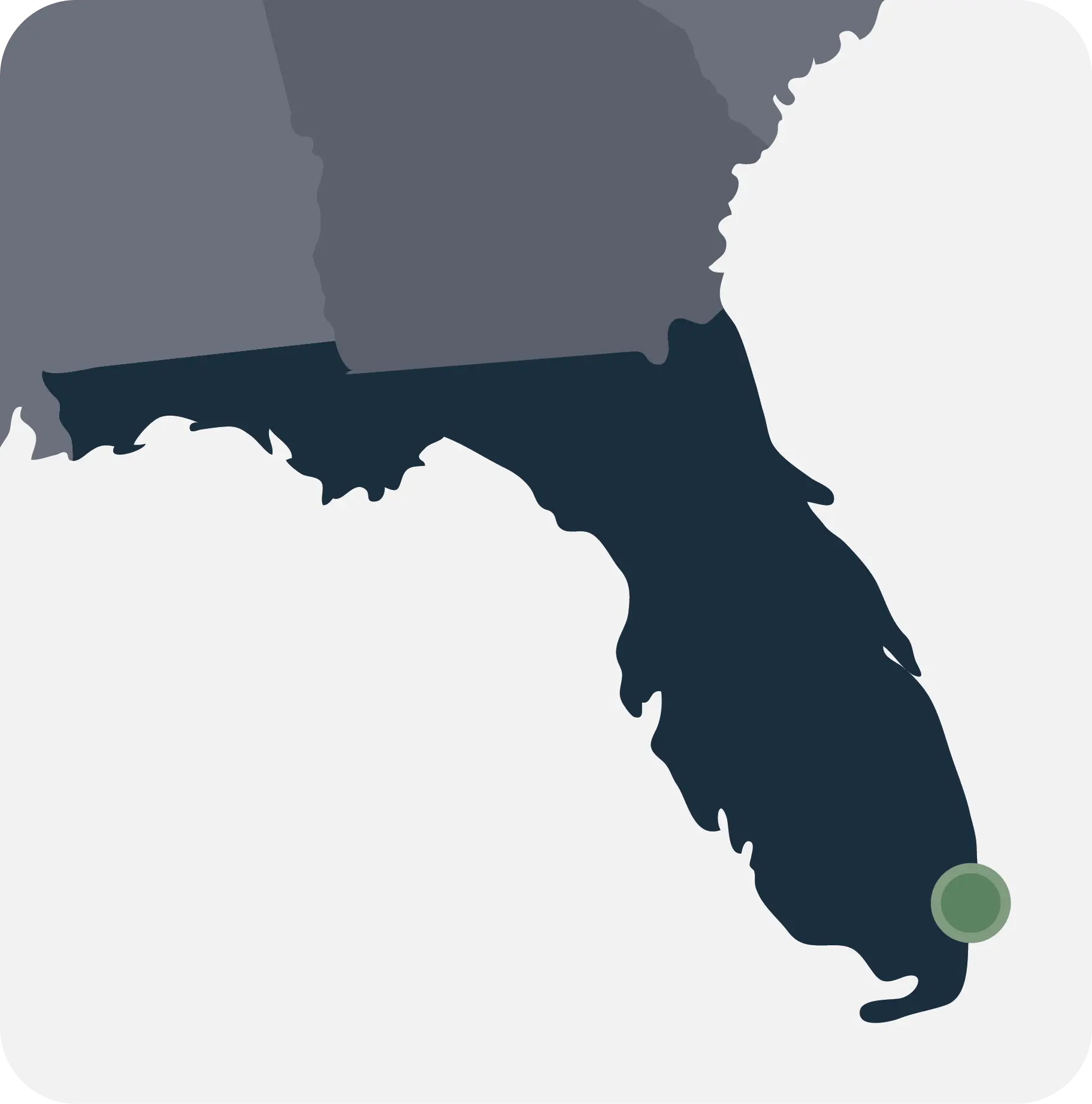Foreign Trade Zone history dates back to 1930. The Foreign-Trade Zone Act was implemented in response to the Smoot-Hawley Tariffs. This Act raised import duties even higher. The original Fordney-McCumber Act was enacted in 1922. It had already raised tariffs by nearly 40 percent. The government thought raising tariffs would protect U.S. businesses and farmers against foreign imports. The U.S. tariffs were raised on more than 20,000 imported goods. The tariff increase took place during the Great Depression, which put a strain on the international economic climate. The FTZ was a way to help facilitate foreign commerce.
FTZ History: Manufacturing
In 1939-1945, there was a prohibition against manufacturing, which meant the FTZs were not to be utilized. But by 1950, an amendment had passed that allowed manufacturing FTZs. Customs duty would be based on their full value, not individual parts, upon entry into domestic commerce. This “island” model allowed activity conducted within each Zone to be separated from the domestic economy.
From 1948 until 1994, the General Agreement on Tariffs and Trade (GATT) was enacted in an effort to boost global trade. This was accomplished by reducing or eliminating trade tariffs.
In 1965, the Mexican government established the maquiladora or “twin plant” program. The program allowed hundreds of plants in Mexico to import U.S.-made components duty-free. The parts had to be used to assemble a finished product. The product would then be re-exported back to the U.S. as a finished good. This provided cheaper-made goods for U.S. consumers.
Foreign Trade Zone History: Customs
In 1972, the National Association of Foreign Trade Zones (NAFTZ) was established. Its purpose is to serve the interests of the communities and companies who participate in the U.S. FTZ program. By 1980, U.S. Customs Service ruled in favor of NAFTZ’s stance that Customs duty on products manufactured in Zones should not be assessed on U.S. value-added consisting of domestic materials, parts, labor, overhead, or profit.
In 1994, the North American Free Trade Agreement, between the U.S., Canada and Mexico, went into effect to eliminate barriers to trade among other things. By 1995, the World Trade Organization was created to reduce obstacles to international trade.
Trade has obviously impacted foreign and U.S. prosperity in both positive and negative ways over the years. The FTZ program has been a necessity for U.S. companies. It has allowed economic growth in uncertain times. Its profound growth over the last 30 years is proof of that. In 1970 there were only eight Foreign Trade Zone projects (with a total of 3 Subzones) in the United States. Today there are over 230 Foreign-Trade Zone projects (with nearly 400 Subzones). Warehousing and manufacturing activity combined account for incoming zone shipments of some $165 billion annually. Tri-Link can assist companies that are not taking advantage of the tariff-reduction benefits of FTZs. We can help you realize the impact FTZs can have on your bottom line and how it can help increase your profits.
Resources:
https://www.britannica.com/topic/Smoot-Hawley-Tariff-Act
https://www.foreign-trade-zone.com/history.htm
https://www.naftz.org
https://www.wto.org/english/tratop_e/gatt_e/gatt_e.htm
http://teamnafta.com/manufacturing-resources-pages/2016/4/18/nafta-and-the-maquiladora-program
https://www.wto.org/english/thewto_e/whatis_e/wto_dg_stat_e.htm






